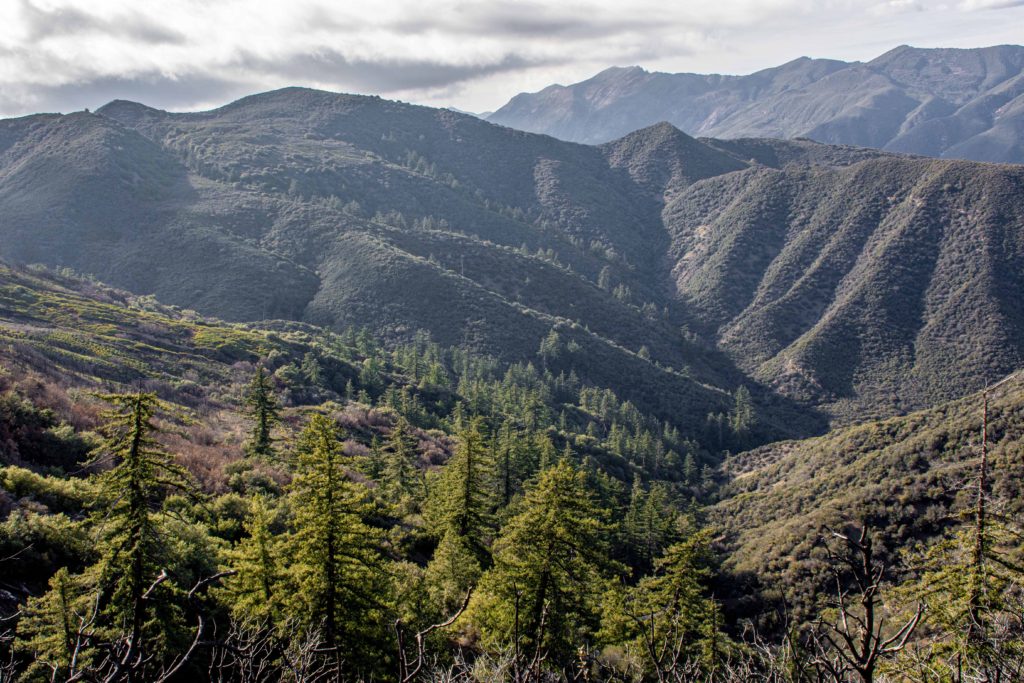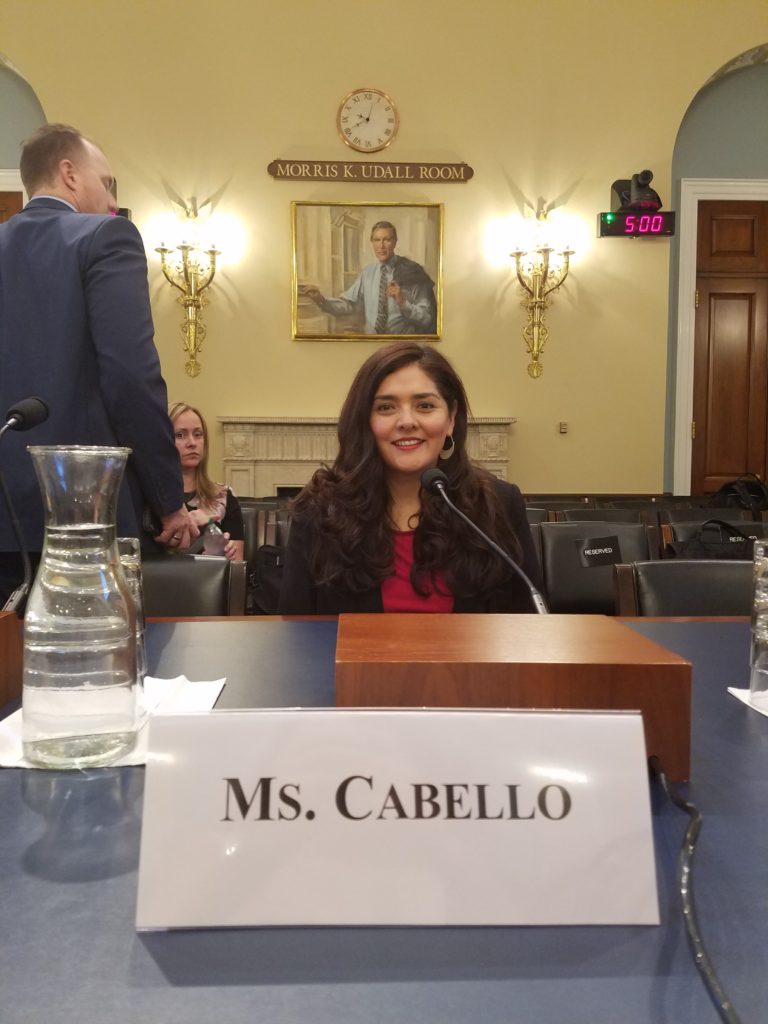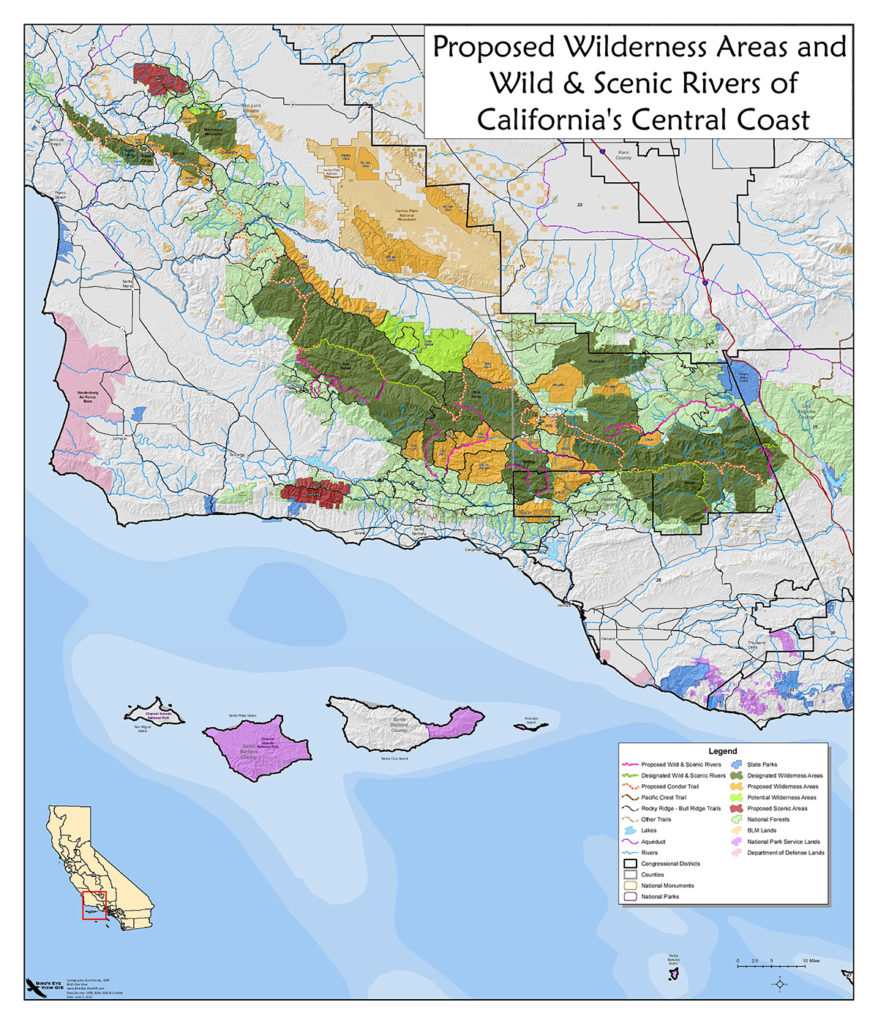
Today, the House Committee on Natural Resources passed the Central Coast Heritage Protection Act (H.R. 2199), heeding the call of Californians to safeguard some of the state’s most unique public lands and rivers for future generations. Representative Salud Carbajal (D-CA) and Senator Kamala Harris (D-CA) introduced the legislation to help ensure clean water for area communities, conserve valuable wildlife habitat, and stimulate the local economy.
The bill’s advancement builds on momentum in Congress to permanently protect cherished landscapes and waters across the nation, including enactment earlier this year of the widely celebrated John D. Dingell, Jr. Conservation, Management, and Recreation Act. In October, the House passed legislation to protect public lands in Colorado, Arizona, and New Mexico. Local supporters are now urging quick passage of the Central Coast Heritage Protection Act by the full U.S. House and consideration in the U.S. Senate.
“Permanent protection of Carrizo Plain is key to our region’s tourism industry, which attracts visitors from around the globe and reinforces our economic future and quality of life,” said San Luis Obispo Mayor Heidi Harmon. “Travel and tourism are important to communities in the Carrizo Plain region, representing about 19 percent of total private wage and salary employment. I commend the House Natural Resources Committee for moving the Central Coast Heritage Protection Act forward and urge swift passage through the full U.S. House of Representatives.”
“No matter who you are or where you come from, our protected wild places are yours to enjoy and connect with the natural world,” said Kate Larramendy, Responsibility Officer for Toad&Co. “Toad&Co is a sustainably-oriented and socially-responsible clothing business based in Santa Barbara because of the tremendous access to natural landscapes. We are grateful to Congressman Carbajal for taking the lead in the Central Coast Heritage Protection Act.”
Kirsten Blackburn, Advocacy Manager for The Conservation Alliance, which engages businesses to help protect wild places for their habitat and recreation values, said, “Adding lasting protections and special recreation designations to California’s Los Padres National Forests helps sustain the health of our environment and of our outdoor recreation economy. We are grateful for Congressman Carbajal’s continued efforts to protect worthy landscapes such as the Condor National Recreation Trail and Wild & Scenic Rivers like Piru Creek in the Central Coast Heritage Protection Act and look forward to H.R. 2199 crossing the finish line this Congress.”
“The wild public lands and rivers of California’s Central Coast are critically important to both veterans and active duty service members,” said Vitali Mostovoj, Lt. Col. USAF (Ret). “They provide a place of peace and solitude for recovery, to help with the transition back to civilian life. I am thankful that Congress is moving the Central Coast Heritage Protection Act forward and urge further action in the Senate.”
“For the sake of our community, economy and environment, I am thrilled that my Central Coast Heritage Protection Act passed through the Natural Resources Committee today,” said Rep. Carbajal. “We must do all we can to defend the public lands we have so that future generations can enjoy them—wilderness designation for some of our most treasured forests will help us with this goal. I’m looking forward to a day in the near future when this bill hits the House floor.”
The Central Coast Heritage Protection Act is the product of years of discussion and negotiation involving business leaders, conservationists, elected officials, ranchers, mountain bikers, and other stakeholders interested in the use and well-being of these iconic lands. It would protect forests, grasslands, and wild rivers across the region by safeguarding approximately 245,000 acres of wilderness, creating two scenic areas encompassing roughly 35,000 acres, and designating 159 miles of wild and scenic rivers in the Los Padres National Forest and the Carrizo Plain National Monument.
Protected public lands enhance the quality of life for residents and attract visitors to the area. The Central Coast is a top tourist destination, home to world class restaurants and wineries, and iconic scenery, all of which yield clear benefits for the region’s economy. According to the Outdoor Industry Association, outdoor recreation generates $92 billion in consumer spending and 691,000 direct jobs in California.

The rugged coastal mountains and ecologically rich grasslands of California’s Central Coast sustain a wide range of recreational opportunities. Visitors to the Los Padres National Forest and the adjoining Carrizo Plain National Monument enjoy backpacking, camping, bird watching, horseback riding, kayaking, and mountain biking. The legislation would designate the approximately 400-mile long Condor Trail as a National Scenic Trail, connecting the northern and southern portions of the Los Padres National Forest by a single hiking route.
The widely supported legislation is cosponsored by 30 members of the California House delegation, including Julia Brownley (D-CA), whose district includes part of the national forest. The Central Coast Heritage Protection Act now awaits a vote by the full House and a hearing in the Senate.
The Central Coast Heritage Protection Act has support from Los Padres ForestWatch; California Wilderness Coalition; Latino Outdoors; Pew Charitable Trusts; San Luis Obispo Coastkeeper; Santa Barbara Channelkeeper; The Ocean Conservancy; Ventura County; City of Goleta; Santa Barbara County; more than 80 local farms, ranches and vintners; state, local and federal officials; schools, businesses, landholders, and others. Learn more at centralcoastwild.org.
ForestWatch traveled to Washington DC to testify at at the bill’s first congressional hearing earlier this summer. The bill now moves to the full House and Senate for consideration. Today’s historic vote represents the first time in the bill’s ten-year history that it has advanced to a floor vote in Congress, putting us one step closer towards permanently protecting these wild rivers and landscapes.








Comments are closed.